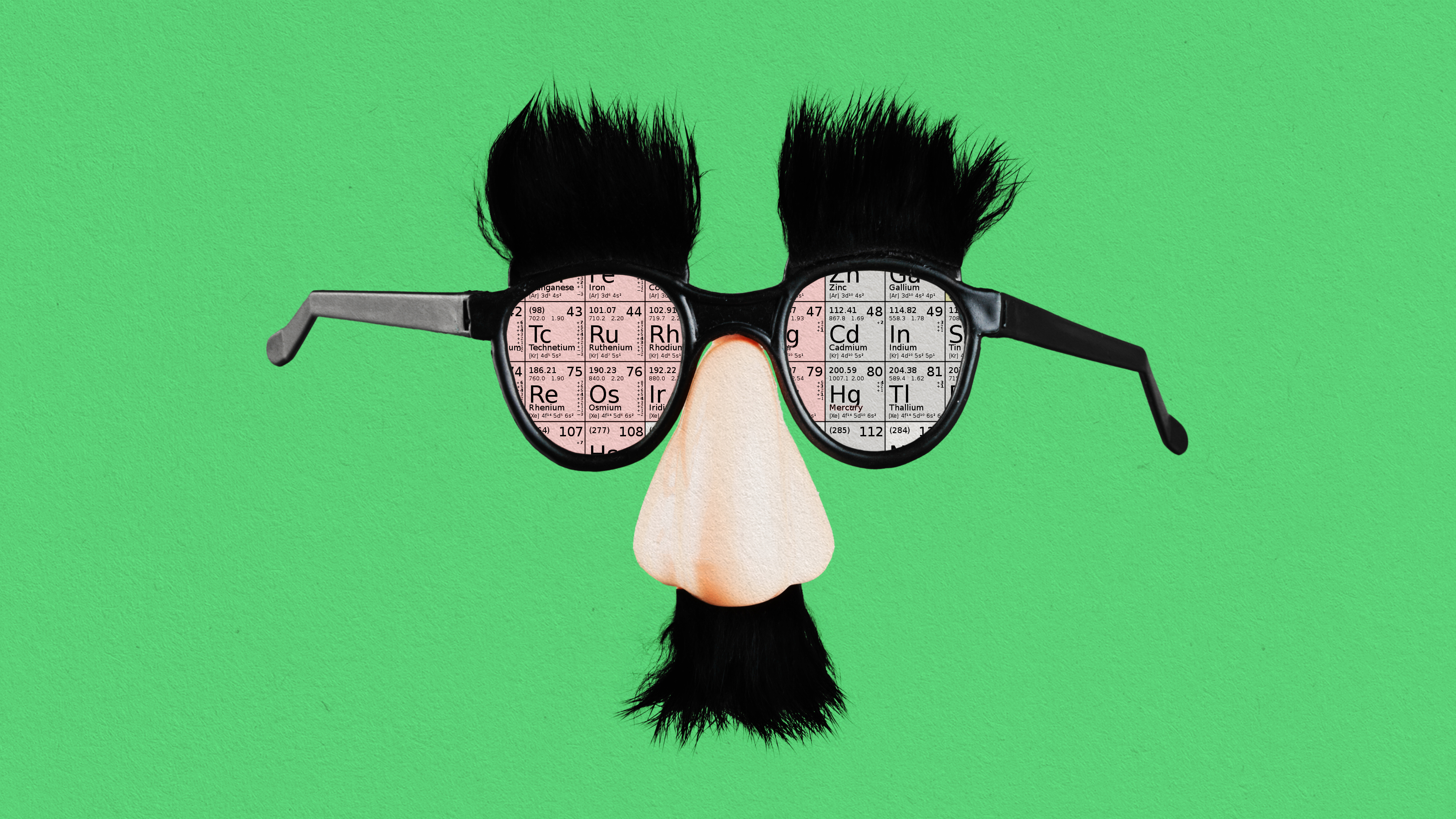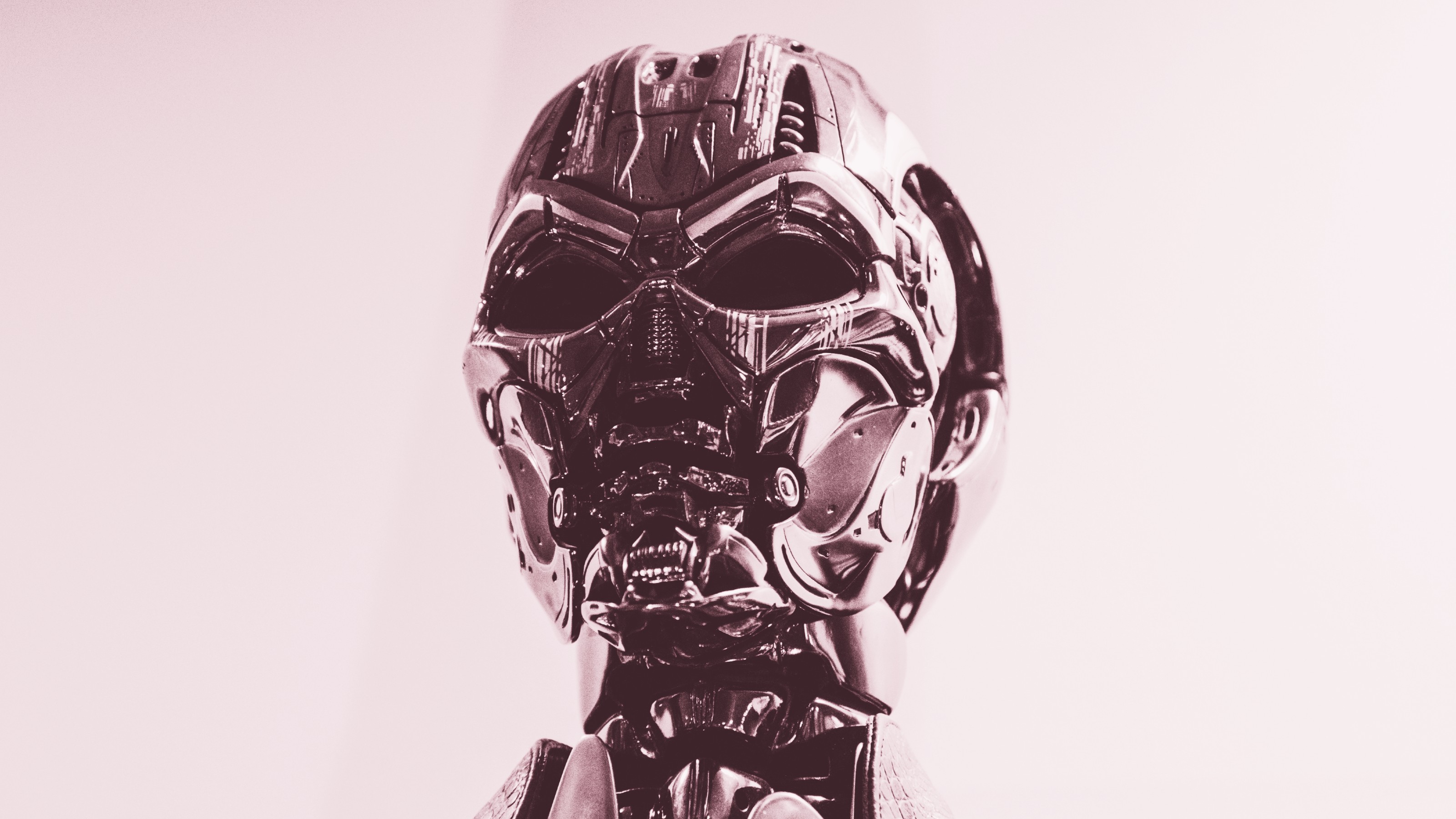DR. GARRETT REISMAN: The thing that was probably the most impactful and surprising to me was when I looked at the horizon of the Earth and I saw how thin the atmosphere was. That was actually really scary. It was shocking. When you look at the atmosphere from Earth orbit it looks incredibly fragile. It's this little tiny thin blue line that separates the sunlit Earth from the black void of space. And compared to the diameter of the Earth it's tiny. I mean, you could hold up your pinky and block the whole thing out very easily. It looks terribly fragile. It looks like a gust of wind could come by and just strip the thing away. The next time, in fact, if you're home right now at your computer please open up a browser, put this on pause, open up a browser and just Google 'Earth from space' and then go to the images. And just look at any picture we took of the horizon of the Earth from space and you'll see that thin blue line. Look for yourself at just how think that is. When you compare the thickness of the atmosphere to the diameter of the Earth it's like the same dimension or fraction or ratio I should say as the shell on an egg or the skin on an apple. It's incredibly thin and that gives you a real visceral impression of just how fragile this planet is. And by the way, this happened to me. I had this experience and then about a week later I was looking out the window and I was looking down at the Earth and I saw what you see most of the time which is the ocean. When you look at the ocean I thought to myself well gee, how think is that? I could see the atmosphere. I could see how thin that is. What about the ocean? How deep is it? And the answer is that the ocean is ten times less deep than the atmosphere is high. The atmosphere, we draw an arbitrary line at 100 kilometers. We call that the Karman line and we say okay, that's where the atmosphere ends and that's where space begins. And that's kind of, again that's kind of made up, but it's about where, the blue line you see in those photographs is probably about 80 kilometers, but let's say about 100 kilometers. That's a nice round number. That's about 300,000 feet. The deepest part of the ocean like the Marianas Trench, Challenger Deep. The very deepest part that's about 35,000 feet deep. So that's ten times thinner than the atmosphere. So when you see that tiny thin blue line and when you look at those photographs think for a moment that the ocean is ten times thinner than that. And then think about the fact as I talked about before about how this planet is perfect for us, how it provides everything we need. All the food we need, all the air we need to breathe, the water we need to drink. It's where all of our friends and family live. It's where all the animals are, and the plants, and rainbows, and mountain ranges, and whales in the ocean. All that stuff that makes this our home, it's somewhere between the bottom of the ocean and the top of the atmosphere. And that's tiny. It's so tiny. What we have is a giant planet and sure, if you look out the window of the Space Shuttle, the Space Station it covers your whole view. It's monstrous this planet, but the part that matters to us is this tiny little bit. Just a tiny sliver on top. It's like we have a massive planet that's a big, giant dead rock with an incredibly precious surface coating.
CHRIS HADFIELD: As astronauts we train more than anybody knows. I had photographers train me. Hasselblad cameras with 70 millimeter film, and Aeroflex cameras, and I became an IMAX cameraman and helped make two IMAX movies, and Linhof cameras, and the whole gamut of complex photography with all of those photographers talking about not just portraiture and not just inside, but how to take a good picture of the world and what parts of the world we haven't seen yet. Some places have a lot of cloud cover and maybe one day you'll get a great picture of the Panama Canal or a part of the Amazon that's never been photographed because it's always so cloudy. So you are hyper prepared to be one of the world's photographers up there. You're really trying to make sure that you're technically competent with the camera, but you're also artistically capable of understanding how to compose a picture, how to frame it properly, how to recognize something that's worth taking a picture of. And you don't always get it right. I mean the National Geographic photographers they take thousands of pictures for every one that makes it into the magazine. Same for us, but the world is a very generous photography subject and you have the best tripod in existence, so it's a great place to take pictures.
RON GARAN: So I've been very fortunate. I've had a lot of perspective shifting experiences. I lived on the bottom of the ocean for three weeks in Aquarius, the only undersea laboratory. I flew once on the U.S. Space Shuttle on a two-week construction mission aboard the International Space Station, and I spent about half a year, half of 2011, living and working onboard the International Space Station after launching from Kazakhstan on a Russian rocket with a couple of Russian crewmates. When it was time to depart the Space Station and return home my Russian crewmates and I climbed into our Soyuz spacecraft, the same one we launched from five-and-a-half months earlier. We wiggled into our seats. We had our spacesuits on. We strapped ourselves in. It's really tight. It's like three guys in the trunk of a car. Our knees are in our chest. We undock from the Space Station and I had a window. I was sitting in the right seat. I had a window right by my head and I strained as best I could to see the Space Station as we were departing it because I knew quite likely that would be the last time I ever saw this magnificent sight. After we undocked we did a couple of laps around the planet, and as we passed the south tip of South America we fishtailed our spacecraft around to point the engines backwards. I remember when we did this I saw this crescent moon go by the window. It was just absolutely breathtaking. We fired our engines just a little bit at precisely the right moment to have us enter the upper atmosphere. And as we entered the upper atmosphere we started to develop drag. We had this fiery violent ride through the atmosphere. It was really amazing. Once you got down to a lower altitude the speed really becomes amazing. I remember seeing oh, there goes Africa as we whiz by the continent. And the parachutes open, they throw us all over the place. Shortly thereafter we smashed into the ground. We bounced, we flipped, we rolled over. And when we rolled over we rolled on the right side and now my window was pointing at the ground. I remember looking out of the window and seeing a rock, a flower and a blade of grass. And I remember thinking to myself distinctly that I'm home. And what was really amazing about that thought was that I was in Kazakhstan. And so for me at that moment my home was no longer Houston, Texas where I live with my family or Yonkers, New York where I was born and grew up. My home was Earth and it was really a perspective shifting moment for me. I think the big thing is to understand the framework that we've built to view the world in. Now, we live as we all know in a very, very complicated world. There's so many horrors, there's terrorism, there's poverty, there's almost a billion people that don't have access to clean water. There's so many ills that our global society face, but our world also has compassion and love and ingenuity and creativity and self-sacrifice. And so it becomes very complicated and what we tend to do, myself included, we tend to build a more simplified framework through which to view the world, through which to view our global society. And when we do that we tend to build cubbyholes and put people and groups into certain cubbyholes. It just makes it easier and more palpable to understand the events, the current events of the day. But what that does is it also creates barriers and walls. We box ourselves into these cubbyholes which at sometimes prevents us from dialogue, prevents us from recognizing any merit in the position, in another person's position, in another group's position because we've written off whole groups of people, whole countries, whole cultures as not worth our time, not worth our, there's no value in the problem solving process to engage those people. And I think once we realize that and we can step outside of it. And I don't just mean people and organizations. There's political parties. A good example is the political process in the U.S. right now where we've become so divided and to the point where one side will refuse to recognize any merit whatsoever in the position of the other side. If they win, we lose. If they gain, we lose. And so I think that is a recipe for disaster. It's a recipe for not being able to have progress. It's a barrier to us being able to tackle the big problems. And so I think you don't have to go to space to realize that. You don't have to go to space to realize that each and everyone of us is riding through the universe together on this spaceship that we call Earth. That we're all interconnected, that we're all in this together and that we're all family. I think one of the big things that the world perspective teaches us is there are no passengers on spaceship Earth. We're all crewmates. And as crewmates we have a responsibility to mind the ship and take care of our fellow crewmates.
CHRIS HADFIELD: Flying in space is a huge amount of work. It's decades of work getting all of the university degrees and life experience so that NASA will even look at you when they're selecting astronauts. In the last astronaut selection, 18,300 people applied for 12 positions. So how do you even get your foot in the door? But if you've done enough things in your life that you're competent enough that maybe they'll look at you and then they phone you and say we'd like you to be an astronaut. Now suddenly you're starting a whole new phase of life. You come over this watershed and now there's probably 10 or 15 years of work ahead of you to get ready and be competent enough to be trusted to fly a spaceship. And then someday you get into a rocket and it takes you above the atmosphere and the engines shut off and you're there. And you're doing all your work and flying the rocket and docking with the space station, but at the end of it what do you do with that experience? Now you've done all of these incredibly complex and extremely dangerous things in order to push back the edge of human capability and of our understanding of the world itself. But now what do you do with the sequence of things that have turned you into who you are and the things that have come in through your eyeballs and you've tried to understand? And I think part of the continuing responsibility of being one of the world's astronauts is not to keep it to yourself, but to try and let as many people benefit from what you've done. Let people see the world through your eyes. Try and understand the ideas behind it through your words so that hopefully they can go far further than you ever did or that I ever did.
LELAND MELVIN: Grace has a way of appreciating the people that are around you, the things that are around you and how you interact with them in a way that's meaningful, that's purposeful, that's intentional. You live an intentional way. You don't just hey, write someone off and just keep moving. Everyone has a purpose on this planet and we can learn something from everyone. I mean I learn something every day from my dog. I learn patience. I learn things from people that I would never have expected to learn something, the janitor or whomever it is, and so moving through life in this graceful way of embracing everything around you. Before I could read my mother read to me every night two books. "The Little Engine That Could." I think I can, I think I can. And "Curious George." Looking up curiosity. And I'll never forget, I was this little kid on the football team, the smallest kid probably. I could run fast but no one ever expected me to play in the NFL and I never imagined to play in the NFL because I was just this small little kid. But having this never give up, I think I can, I think I can mentality is a gritty way of ensuring that you're going to reach the dreams and goals that you have. Sometimes people don't have expectations for you because they see you are from a certain neighborhood or a certain zip code or whatever and you're looked at as this kid that well, you're never going to be an astronaut because you're from that zip code. I think we need to make sure that we look at every child as a potential president, astronaut, whatever that thing is and we give them the resources to be that.






